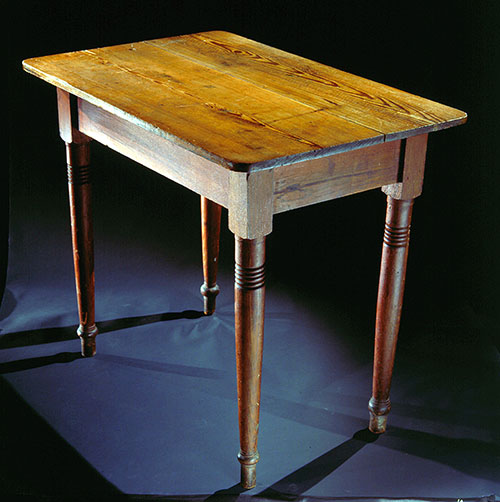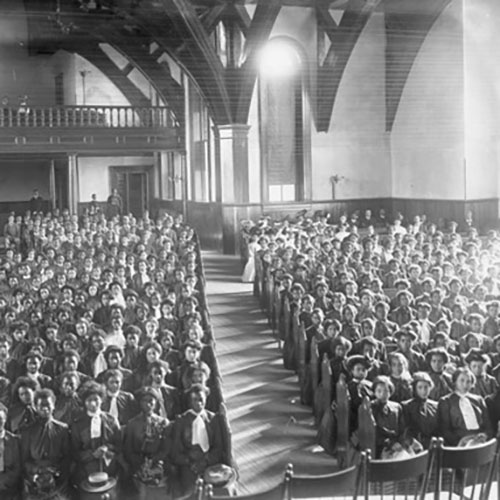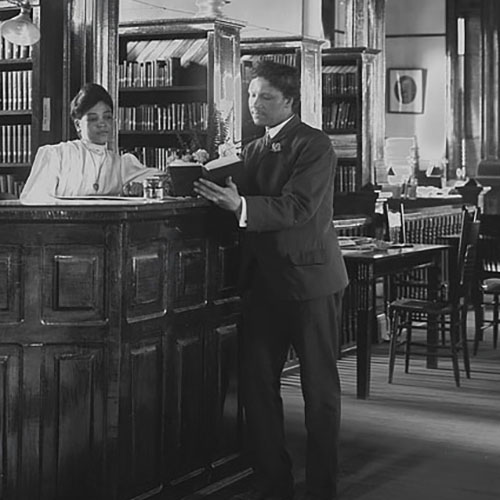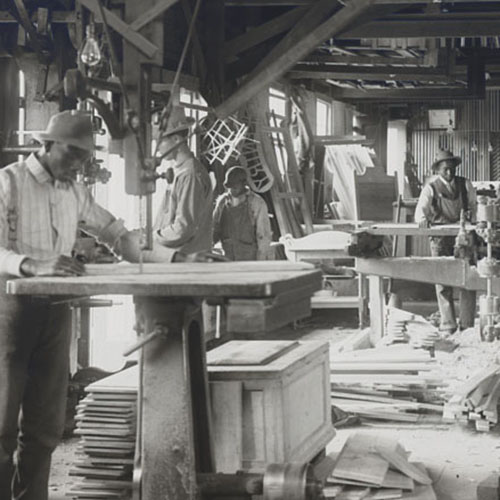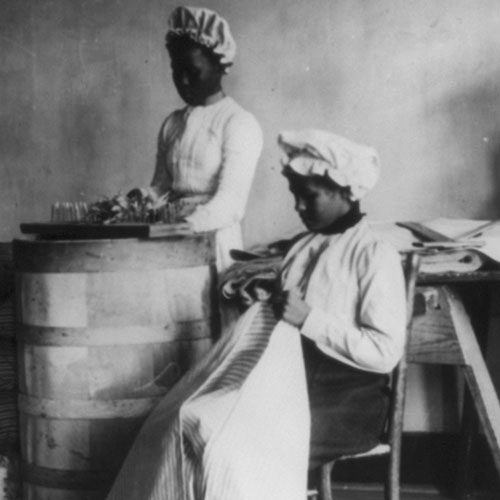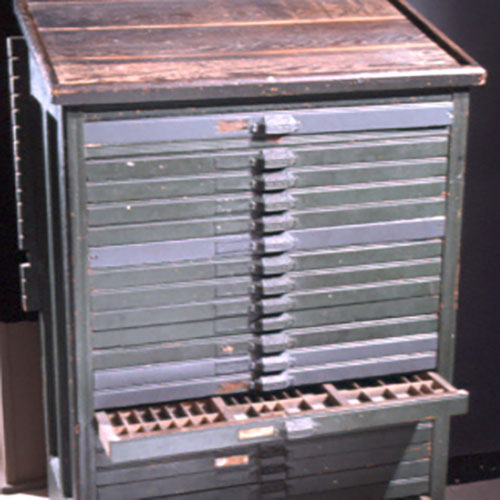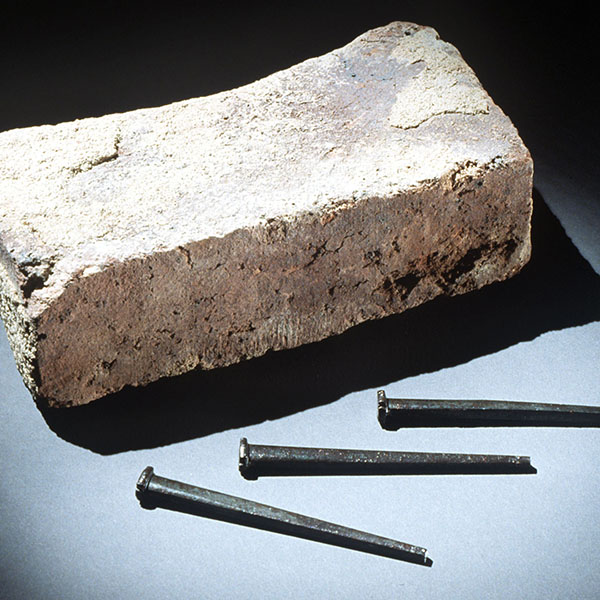Tuskgee Students
As an African American, Carver was unable to attend the local white school. However, he had "an inordinate desire for knowledge." The young boy attended school in Neosho, Missouri, and later moved to Kansas. Doing laundry and cooking paid for his tuition. Given the difficulties confronting African Americans who wanted an education, Carver took intermittent schooling breaks in the 1880s.
After homesteading in Kansas, Carver went to Simpson College, Iowa, in 1890 to study art. However, as an African American, he was not allowed to register. Eventually admitted to the class, he proved to be a talented artist. Doing laundry, cooking, and selling his paintings supported him again. Driven by his desire to contribute to his people, Carver switched to agricultural studies. He believed that he could find practical ways to benefit African-American farmers.
In 1891, Carver enrolled at Iowa Agricultural College at Ames to study agriculture. His teachers thought Carver "a brilliant student...and collector." He earned a BS there in 1894 and worked as an assistant botanist at the experimental station. Carver graduated with an MS in agriculture in 1896. A skilled plant breeder and field collector, in particular of fungi, he developed expertise in plant diseases.
